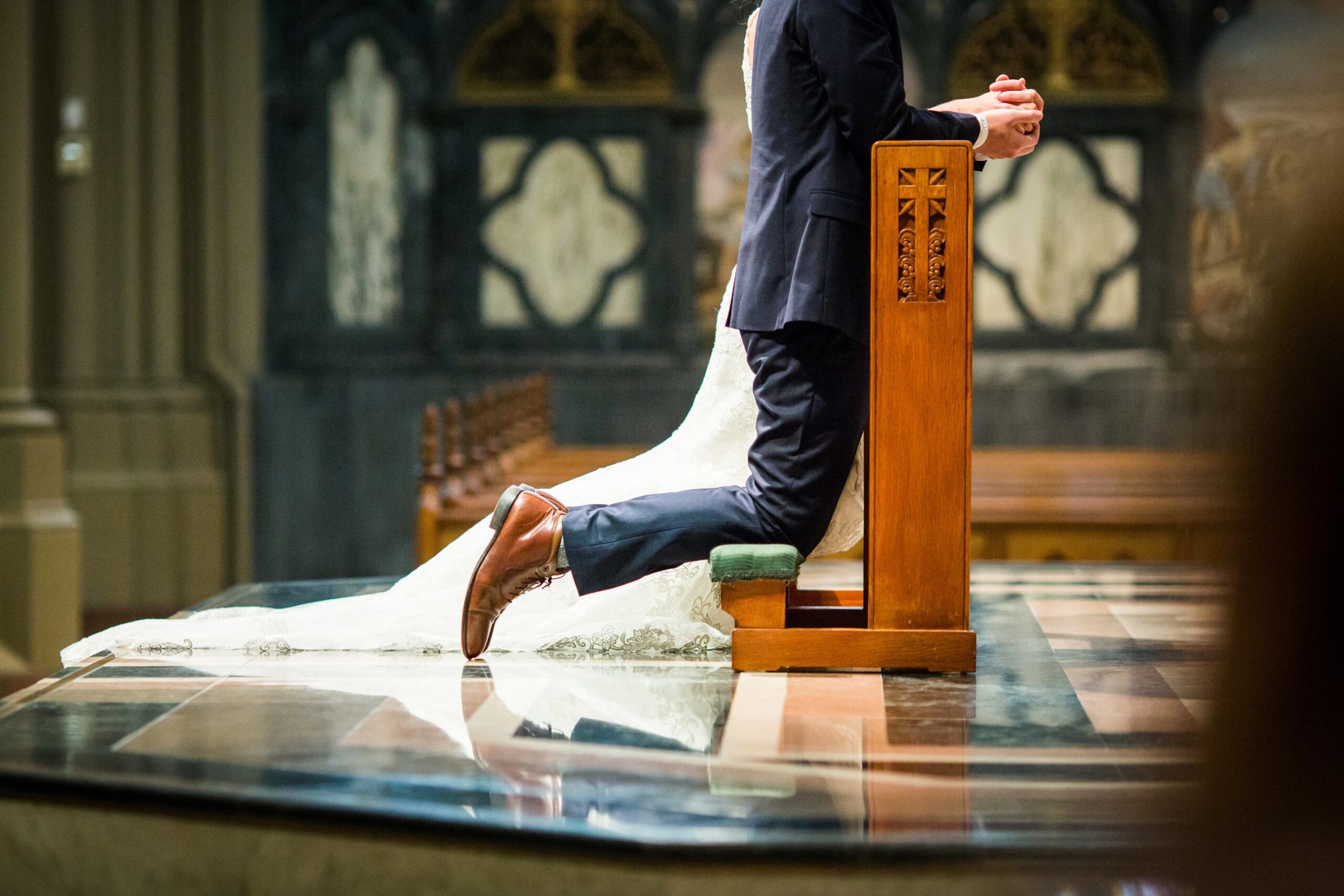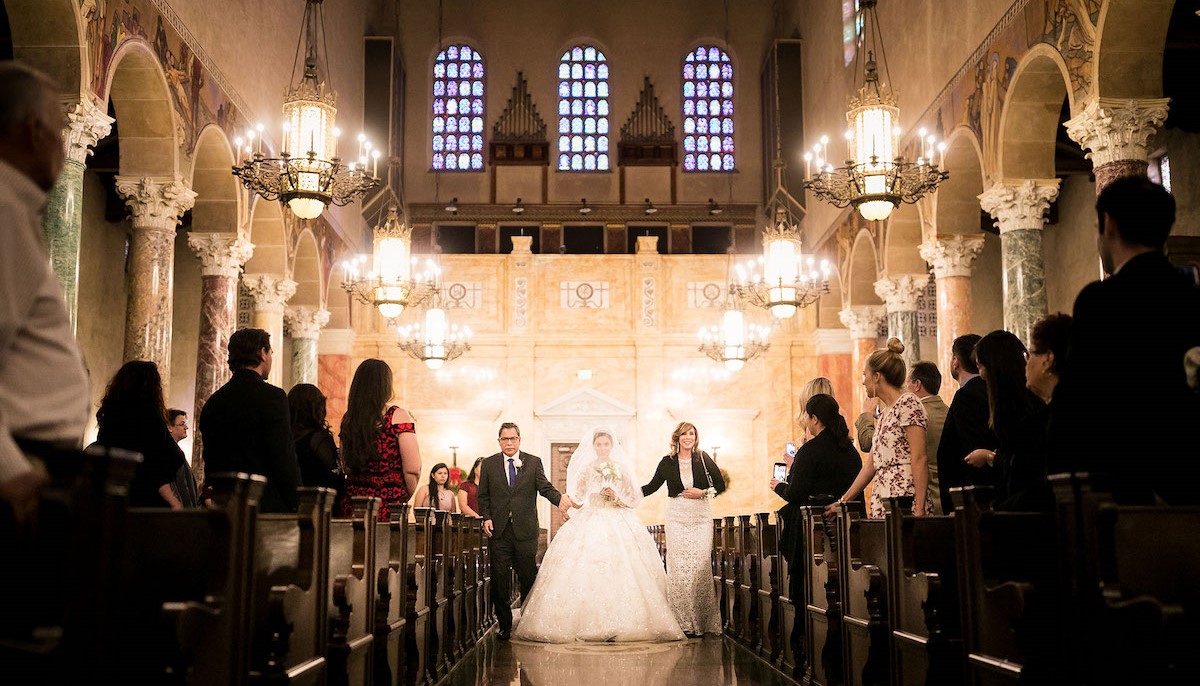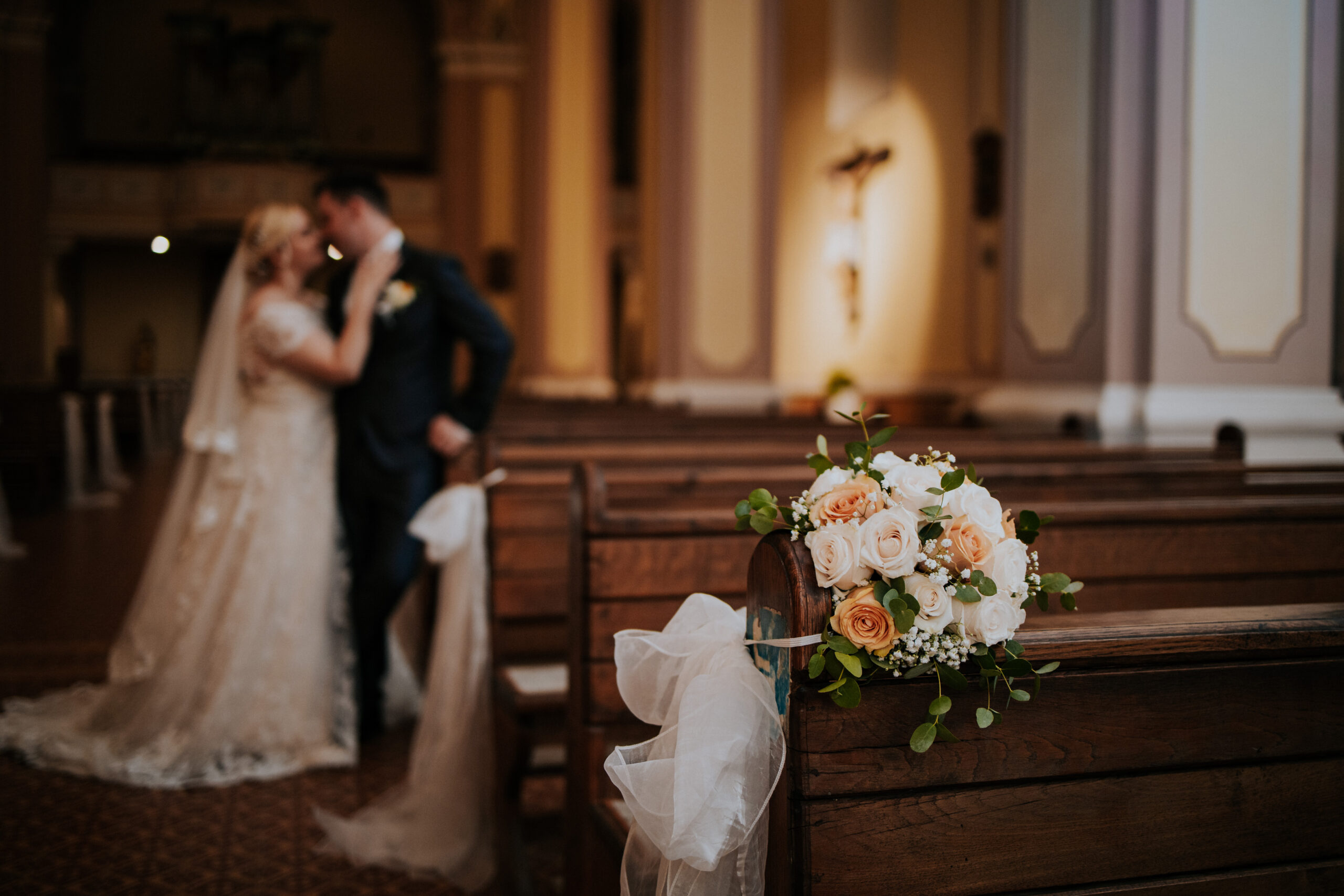There’s an art to being invisible while capturing the most important moments of a wedding ceremony. Silent wedding ceremony photography isn’t just about having the right gear – it’s about mastering the delicate dance of documenting sacred moments without disrupting them.
Understanding the Sacred Space
 Before diving into equipment and techniques, let’s acknowledge why silent wedding ceremony photography matters so much. Religious venues often have strict guidelines about photographer conduct, and for good reason. These are sacred spaces where centuries-old traditions unfold, and our role is to document without disturbing.
Before diving into equipment and techniques, let’s acknowledge why silent wedding ceremony photography matters so much. Religious venues often have strict guidelines about photographer conduct, and for good reason. These are sacred spaces where centuries-old traditions unfold, and our role is to document without disturbing.
Essential Camera Systems for Silent Operation
Camera and Lens Considerations
When it comes to silent wedding ceremony photography, your camera choice plays a crucial role in maintaining discretion. Modern mirrorless cameras with electronic shutters, such as the Sony A1 or Canon R3, excel in this environment. Always carry a secondary body with similar silent capabilities as backup – this isn’t just good practice, it’s essential for professional coverage.
Your lens selection should be thoughtful and ceremonially appropriate:
- 70-200mm f/2.8 for maintaining distance during key moments
- 35mm f/1.4 for wider contextual shots
- 85mm f/1.4 for intimate moments
- All lenses should feature smooth, silent focusing to maintain the sanctity of the space.
Advanced Silent Photography Techniques
Position and Movement: Master these silent ceremony photography techniques for seamless coverage:
- Plan your movements during quieter moments
- Use soft-soled shoes
- Stay low when moving
- Establish shooting positions beforehand
- Coordinate with videographers in advance
Camera Settings for Silent Operation
Configuring your camera properly is essential for silent operation. Start by enabling silent shutter mode and utilizing the electronic first-curtain shutter. Take time to set up custom buttons that minimize clicking sounds, and whenever possible, pre-focus to reduce lens hunting. These small adjustments make a significant difference in maintaining ceremony solemnity.
Lighting Considerations
Natural Light Mastery
Working with natural light requires both skill and understanding. Take time to study how light moves through the venue throughout the ceremony. Position yourself strategically to make the most of available light, and don’t be afraid to push your camera’s high ISO capabilities when needed instead of using flash. The key lies in learning to read and anticipate lighting changes before they happen, allowing you to adjust your settings proactively rather than reactively.
When Flash Is Permitted – Some venues allow flash during specific moments:
- Processional and recessional only
- Family formal photos
- Post-ceremony celebrations
Religious Venue Specific Guidelines
Catholic Ceremonies
- Maintain distance from the altar
- No flash during sacraments
- Limited movement during prayers
Jewish Ceremonies
- Understand key moments like the Bedeken
- Position for the circle ceremonies
- Coordinate for Ketubah signing
Hindu Ceremonies
- Multiple ritual locations
- Longer duration considerations
- Colorful lighting challenges
Technical Challenges and Solutions
Low Light Situations – Silent ceremony photography techniques for challenging light:
- Use fast prime lenses
- Master high ISO performance
- Utilize image stabilization
- Shoot in RAW for maximum flexibility
Audio Considerations
- Disable all camera sounds
- Turn off focus confirmation beeps
- Silent menu operation
- Vibration reduction only when necessary
Communication and Coordination
With Religious Officials
- Meet before the ceremony
- Understand restricted areas
- Know when to stay still
- Respect traditional customs
With Couples
- Discuss ceremony expectations
- Review important traditions
- Understand must-have shots
- Set realistic expectations
Post-Processing Considerations
While capturing silently is crucial, post-processing helps perfect your ceremony images:
- Noise reduction for high ISO shots
- Color correction for mixed lighting
- Careful cropping to maintain sacred elements
- Respectful editing of religious symbols
Professional Development
To master silent ceremony photography techniques:
- Practice in empty venues
- Study religious traditions
- Network with experienced photographers
- Attend workshops focused on ceremony coverage
Creating a Pre-Ceremony Checklist
Develop a systematic approach:
- Scout the venue
- Check all silent modes
- Format memory cards
- Clean lenses
- Position backup gear
- Review ceremony program
- Set camera profiles
Final Thoughts
 Credit: Lin & Jirsa Photography
Credit: Lin & Jirsa Photography
Successful silent wedding ceremony photography requires a perfect blend of technical expertise and respectful awareness. Practice these techniques before the big day, and always remember that your primary role is to document without disrupting these sacred moments.
The best silent wedding ceremony photography happens when you become virtually invisible to the ceremony participants while capturing every meaningful moment. Keep refining your technique, stay humble, and always prioritize the sanctity of the ceremony over getting the perfect shot.









